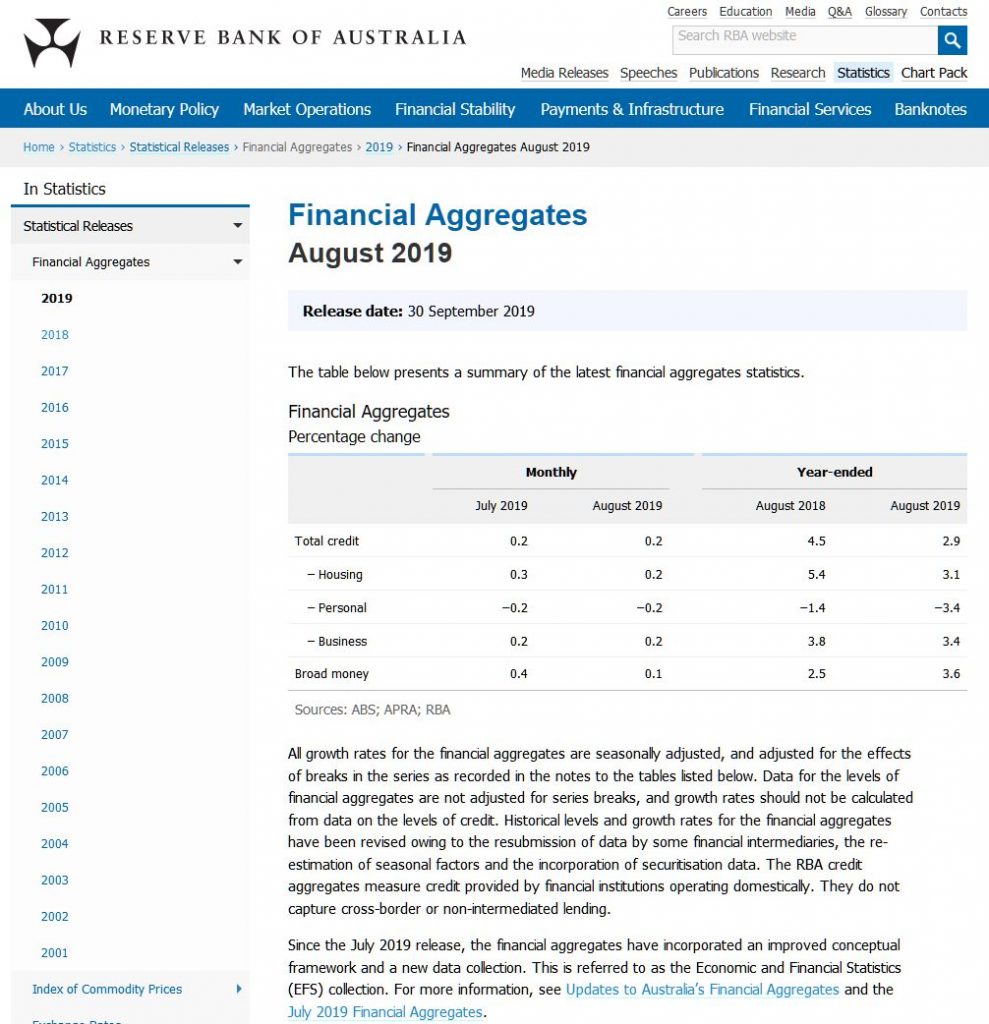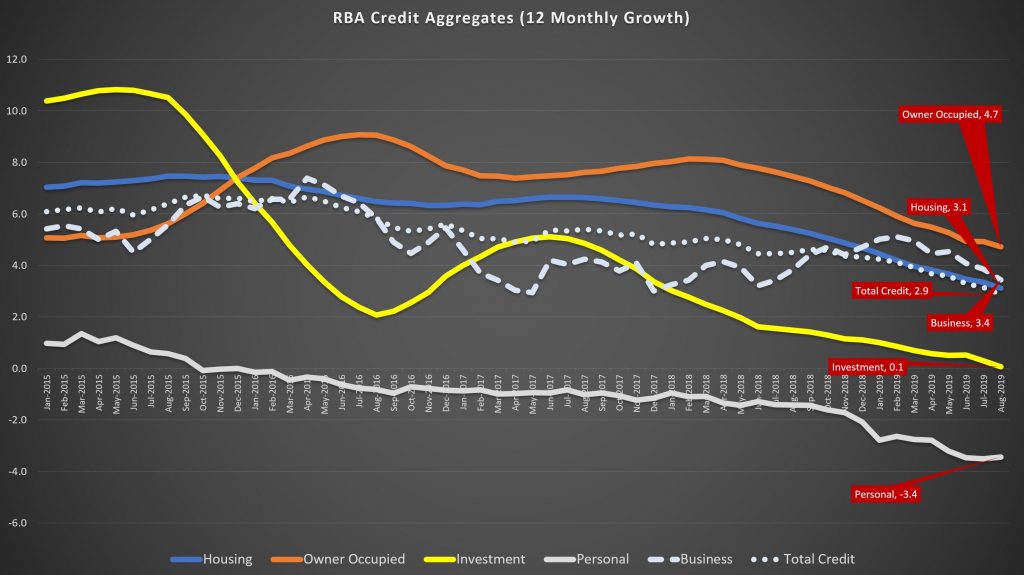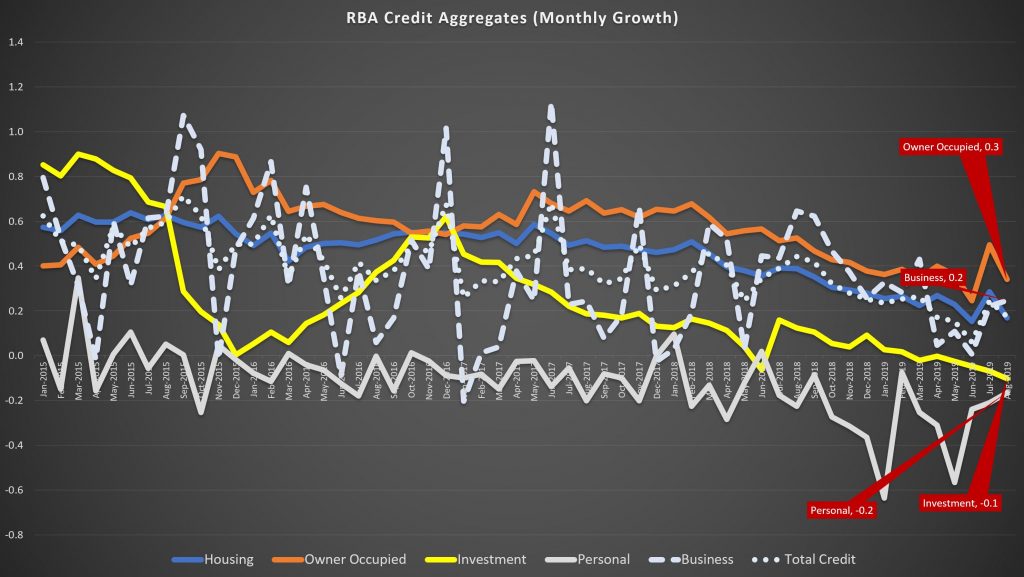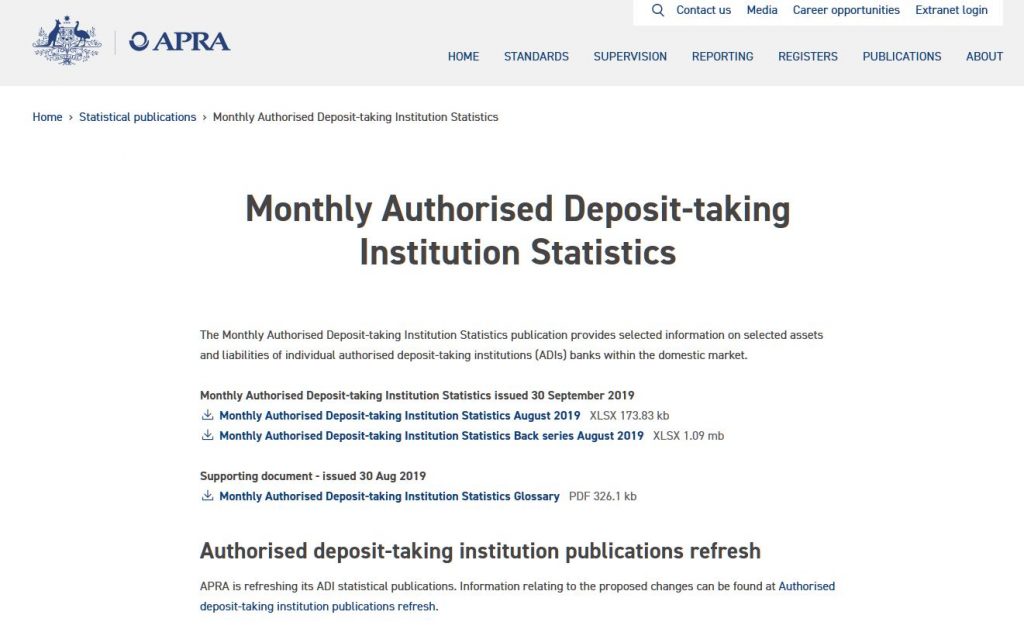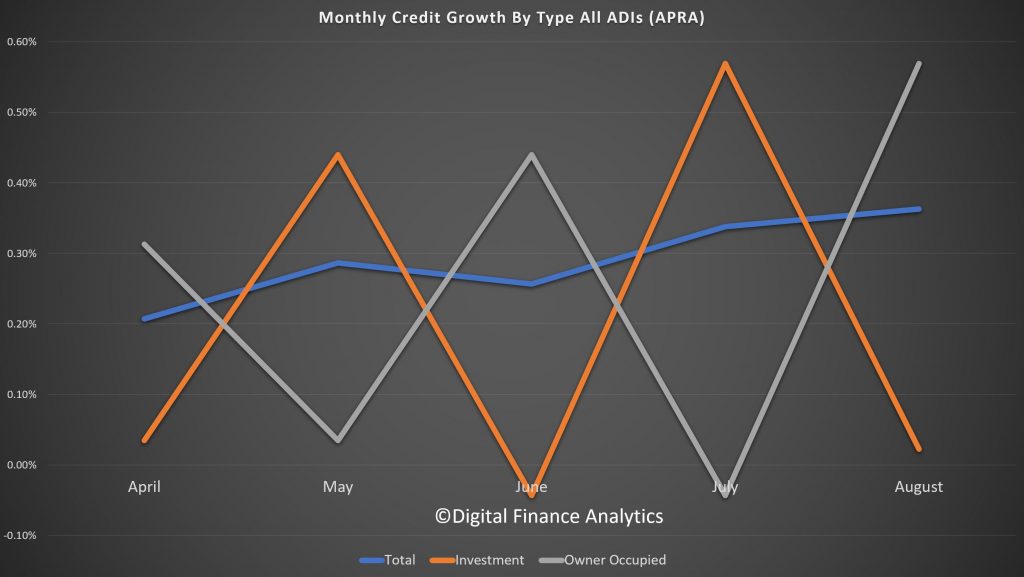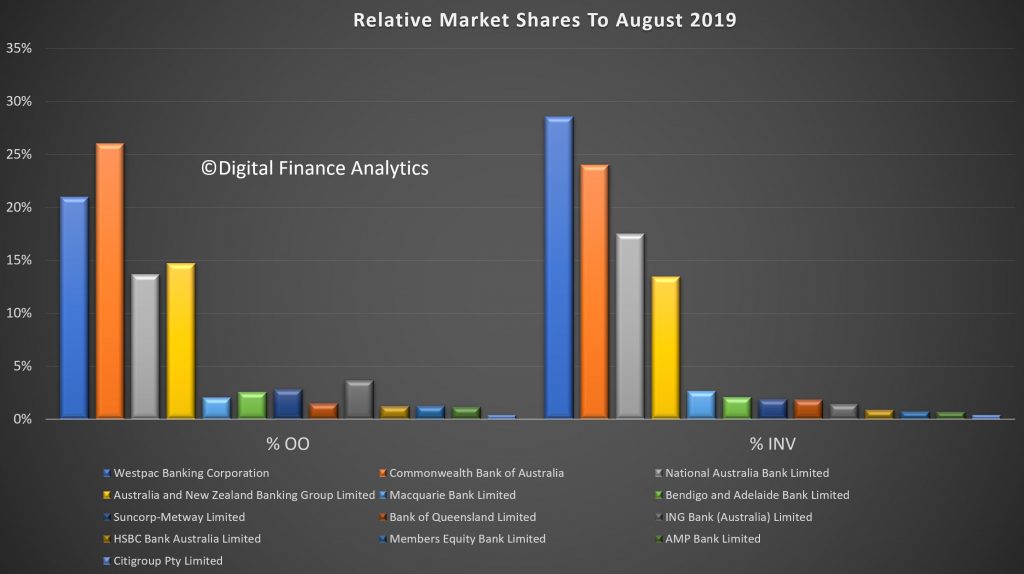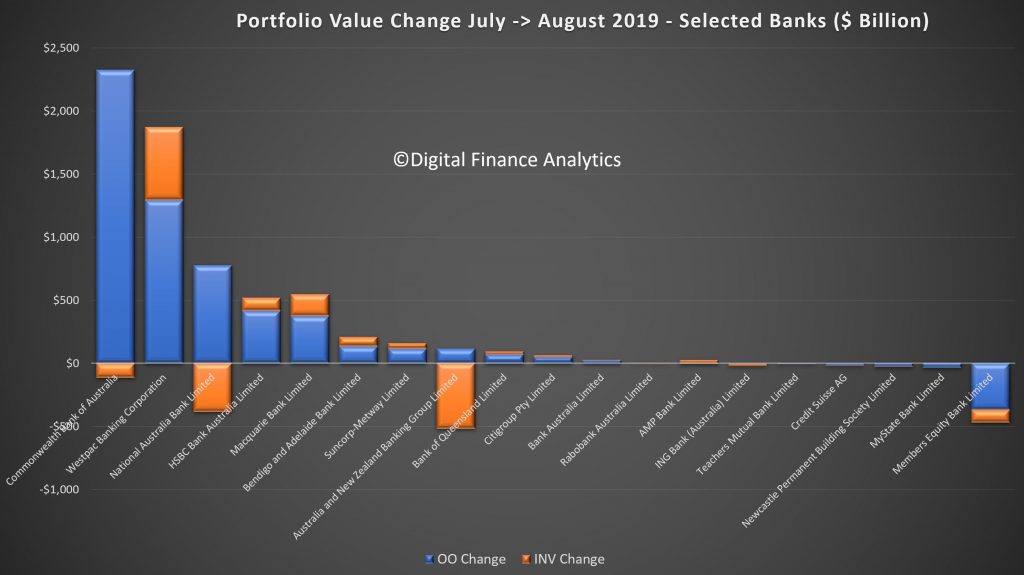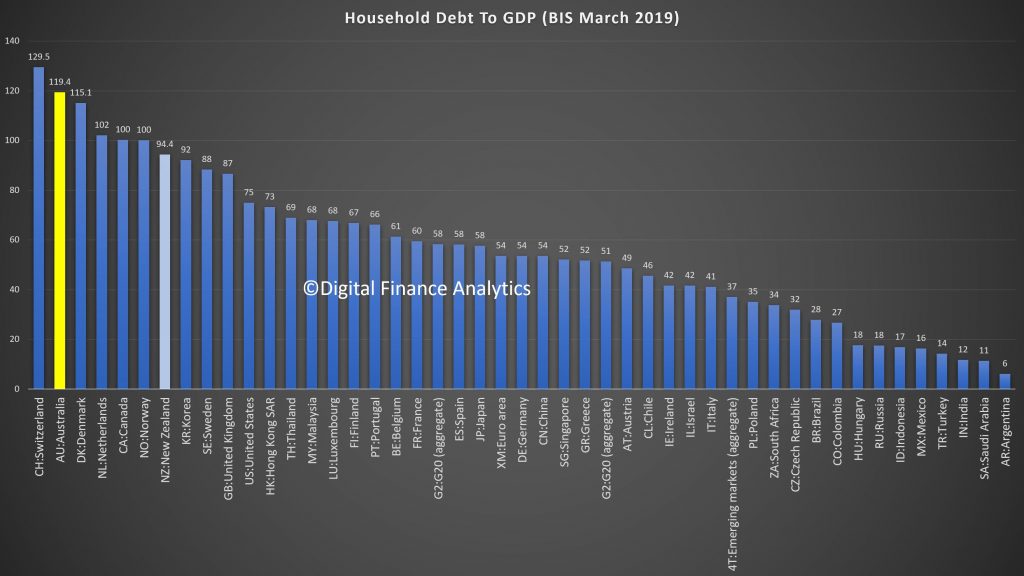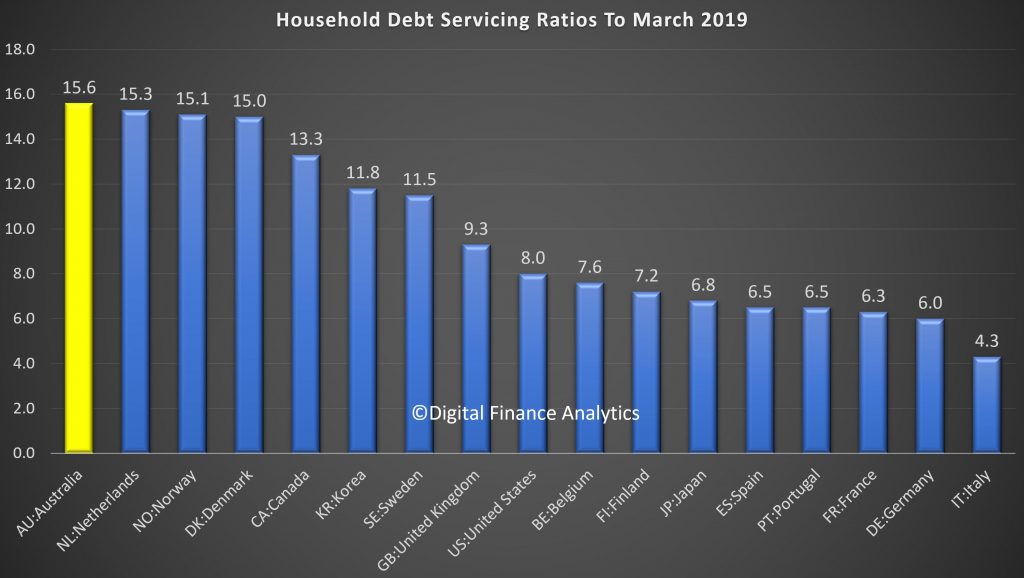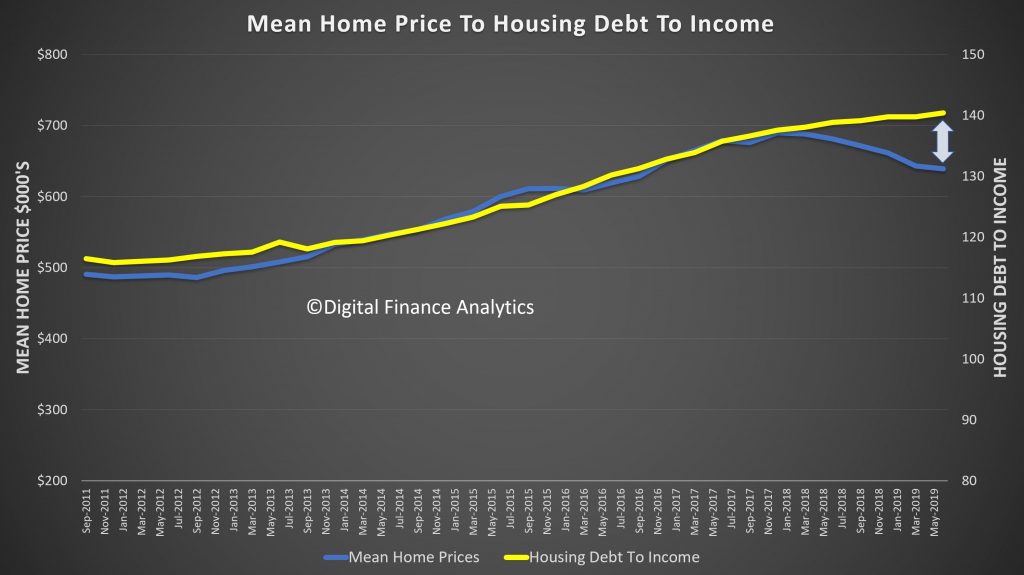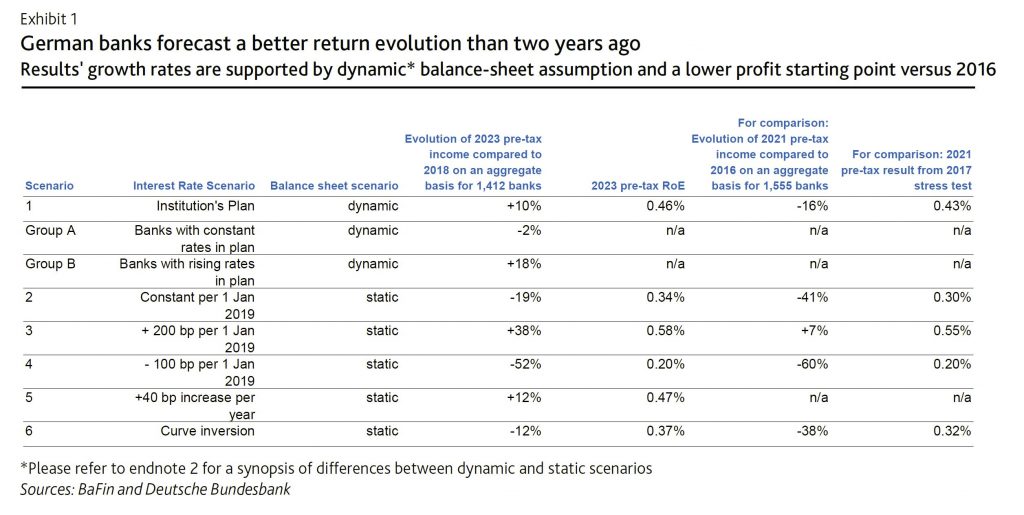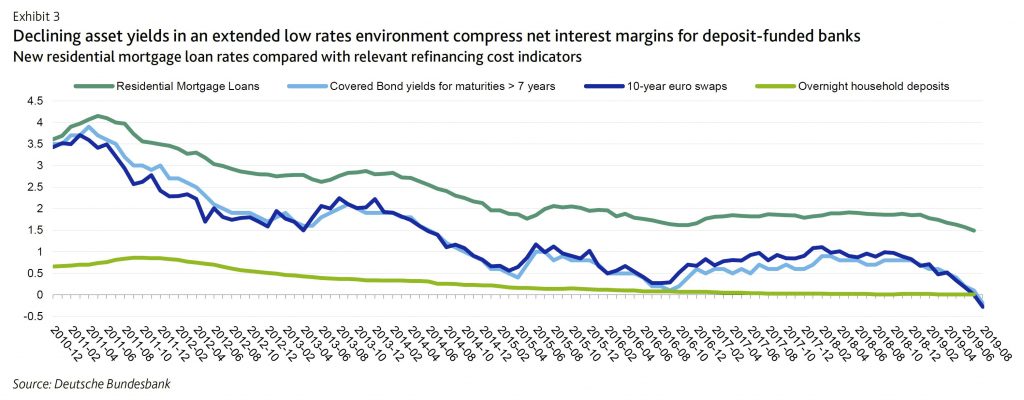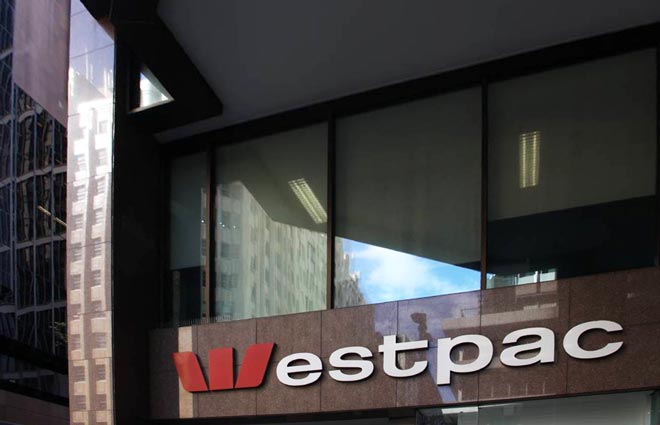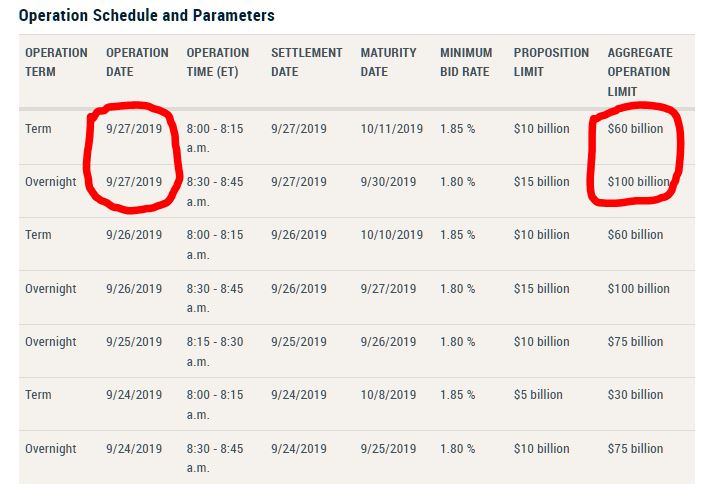Westpac Group has announced that it will remove the claim process for upfront commissions paid on post-settlement drawdowns on broker-originated home loans, via InvestorDaily.

For all subsequent upfront commissions payable from 1 January 2020, brokers and third-party introducers will automatically receive remuneration.
Westpac revealed that subsequent upfront commission will remain payable for each eligible home loan following the 12-month anniversary of the loan settlement.
“This change delivers on our commitment to continue to review and improve the broker commission model,” Westpac stated.
Westpac’s announcement comes amid calls from broking industry stakeholders for more equitable remuneration arrangements.
Last month, Connective director Mark Haron noted the impact of contrasting remuneration policies adopted by lenders off the back of the Combined Industry Forum’s move to limit the upfront commission paid to brokers to the amount drawn down by borrowers (net of offset).
Mr Haron said that some lenders had opted to withhold the payment of commission for additional funds arranged by a broker, which are utilised by a borrower after a pre-determined period post-settlement.
The Connective director added that the disparity in the application of the CIF reforms had increased risks of “lender choice conflicts”, which could hinder compliance with the newly proposed best interests duty.
Loan Market’s executive chairman Sam White, has also noted his concerns with existing net of offset arrangements.
Mr White called for an arrangement that better aligns with existing clawback provisions, which, under the federal government’s newly proposed bill, would limit the clawback period to two years.
“Our belief is that net of offset should mirror clawback provisions,” Mr White said.
“If it is good enough for banks to claw back the money over two years, it should also be good enough to increase the upfronts over that same time period.”
Like Mr Haron, Mr White revealed that Loan Market would also be lobbying for reform to existing net of offset arrangements as part of the consultation process for the government’s best interests duty bill.
The push for reforms to net of offset policies follow the release of the Mortgage & Finance Association of Australia’s Industry Intelligence Service report, which revealed that, over the six months to March 2019, the national average annual gross value of commissions collected per broker dropped by 3 per cent when compared to the previous corresponding period, falling to a historic low of $128,709.
The decline was driven by a 10.6 per cent fall in the average upfront commission received by a broker, down from $75,604 to $67,554 – offset by a 6.9 per cent increase in the average annual gross trail commission received per broker, from $57,189 to $61,155.
Reductions in commission revenue have also prompted calls from both industry associations and aggregators for “fair and equitable” clawback arrangements.
Mr Haron and the Australian Finance Group’s head of industry and partnerships Mark Hewitt, recently indicated that they would be lobbying for clawback reform during the consultation period for the federal government’s proposed best interests duty bill.

